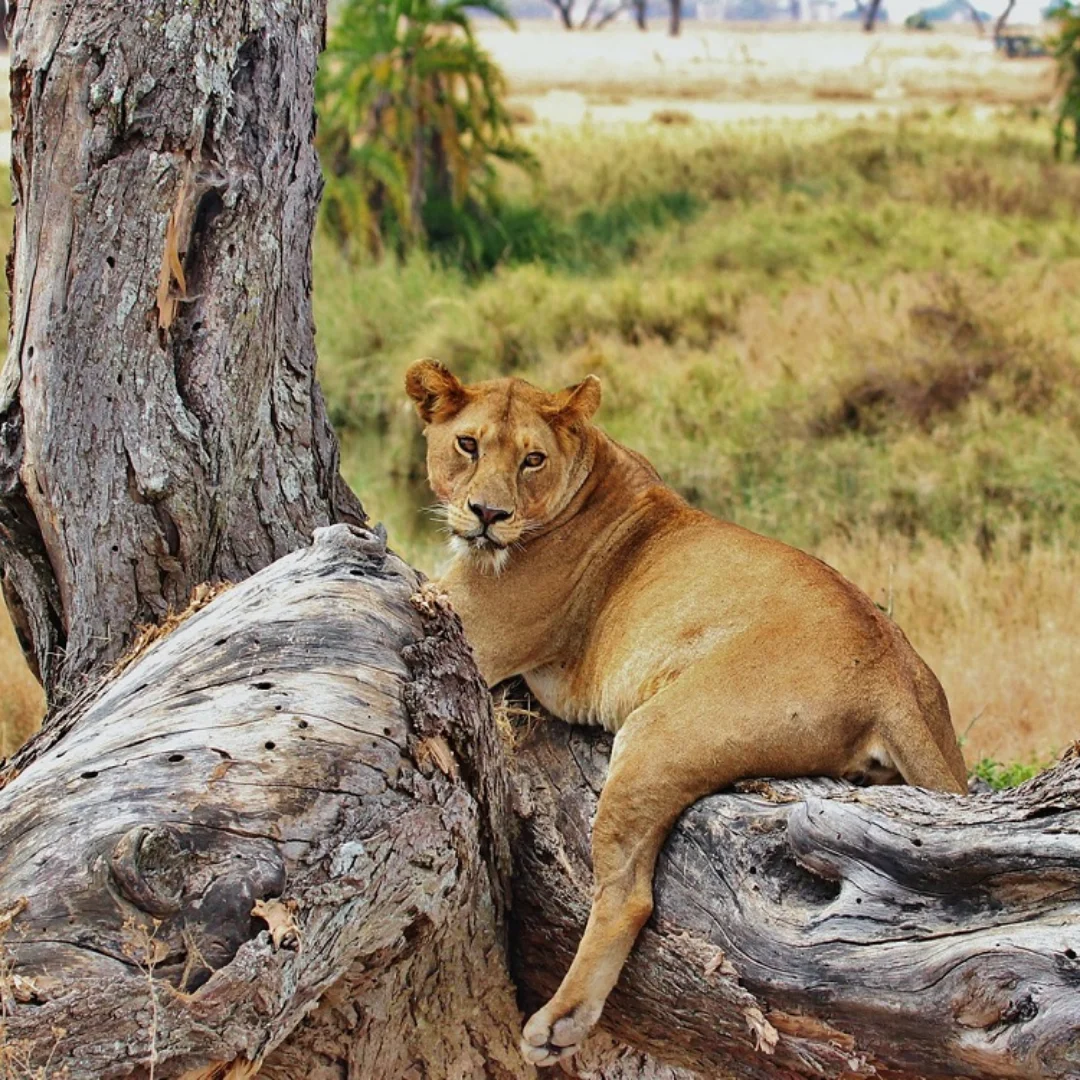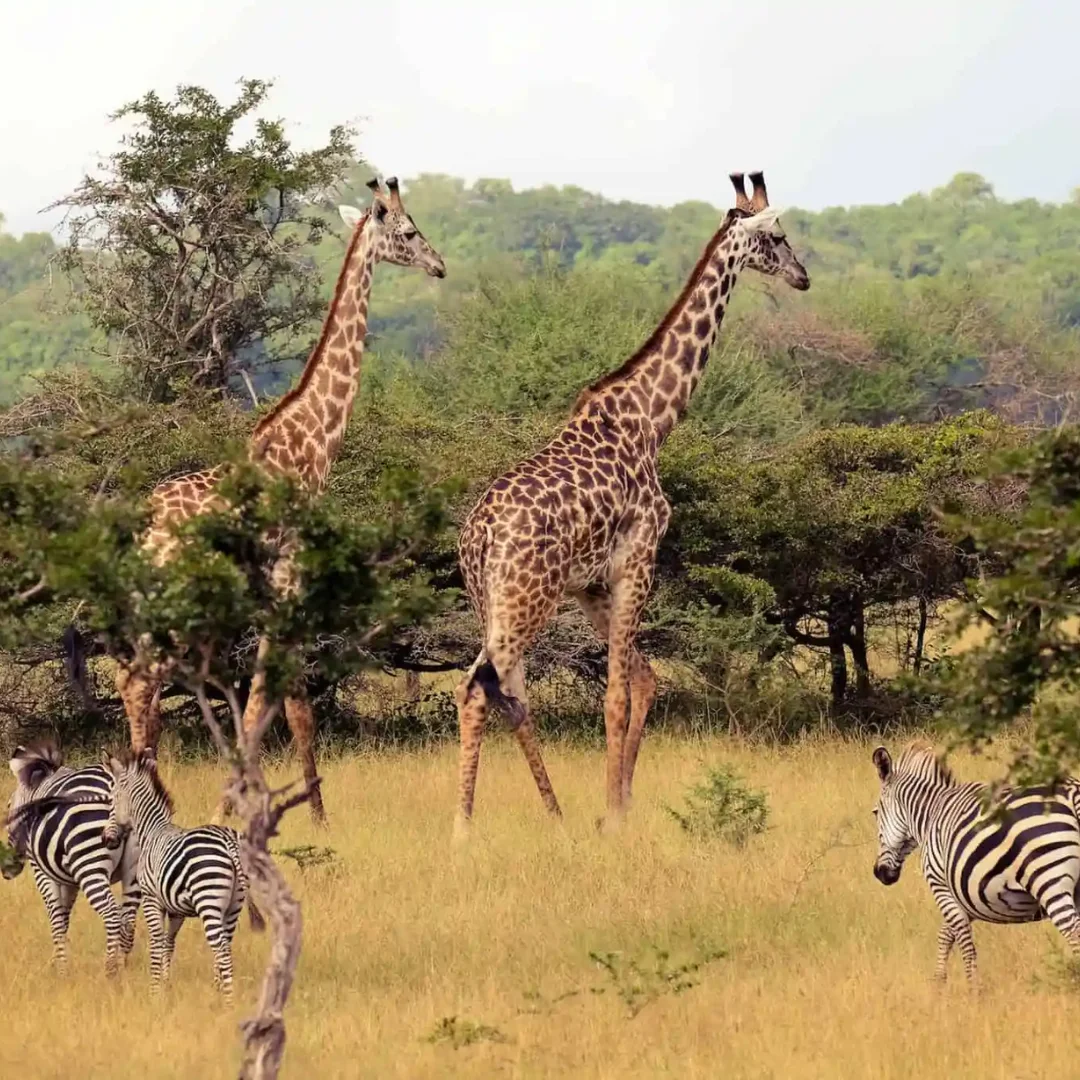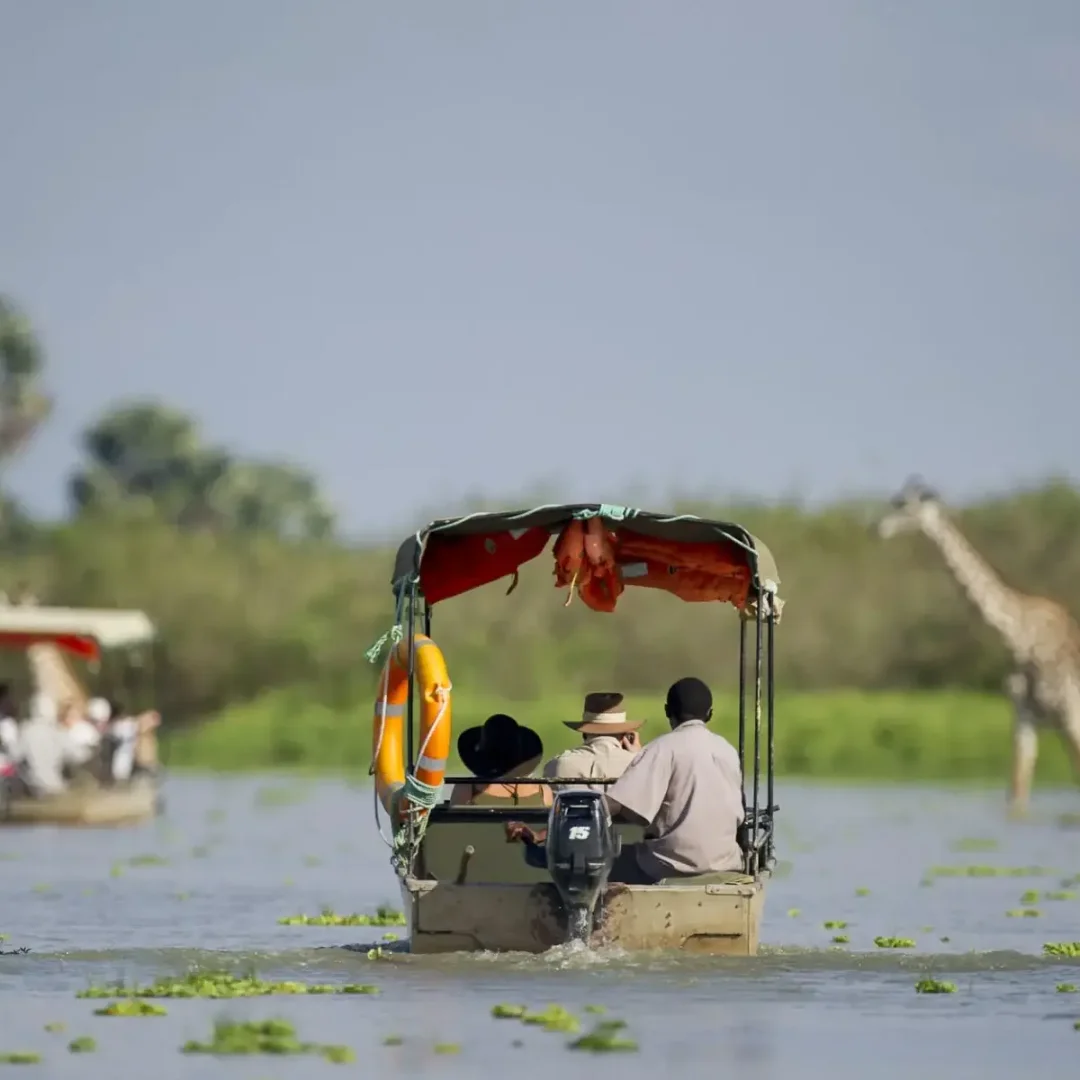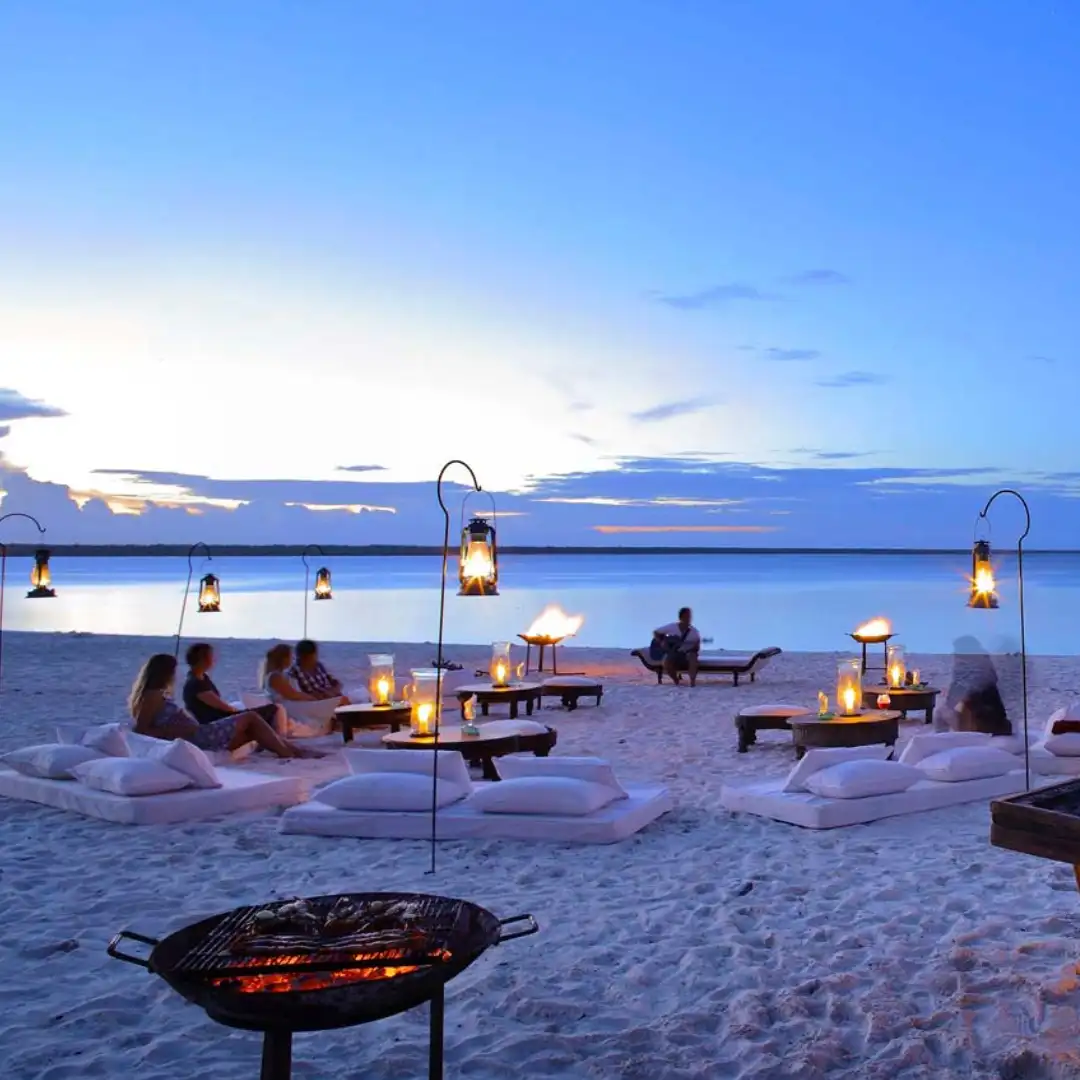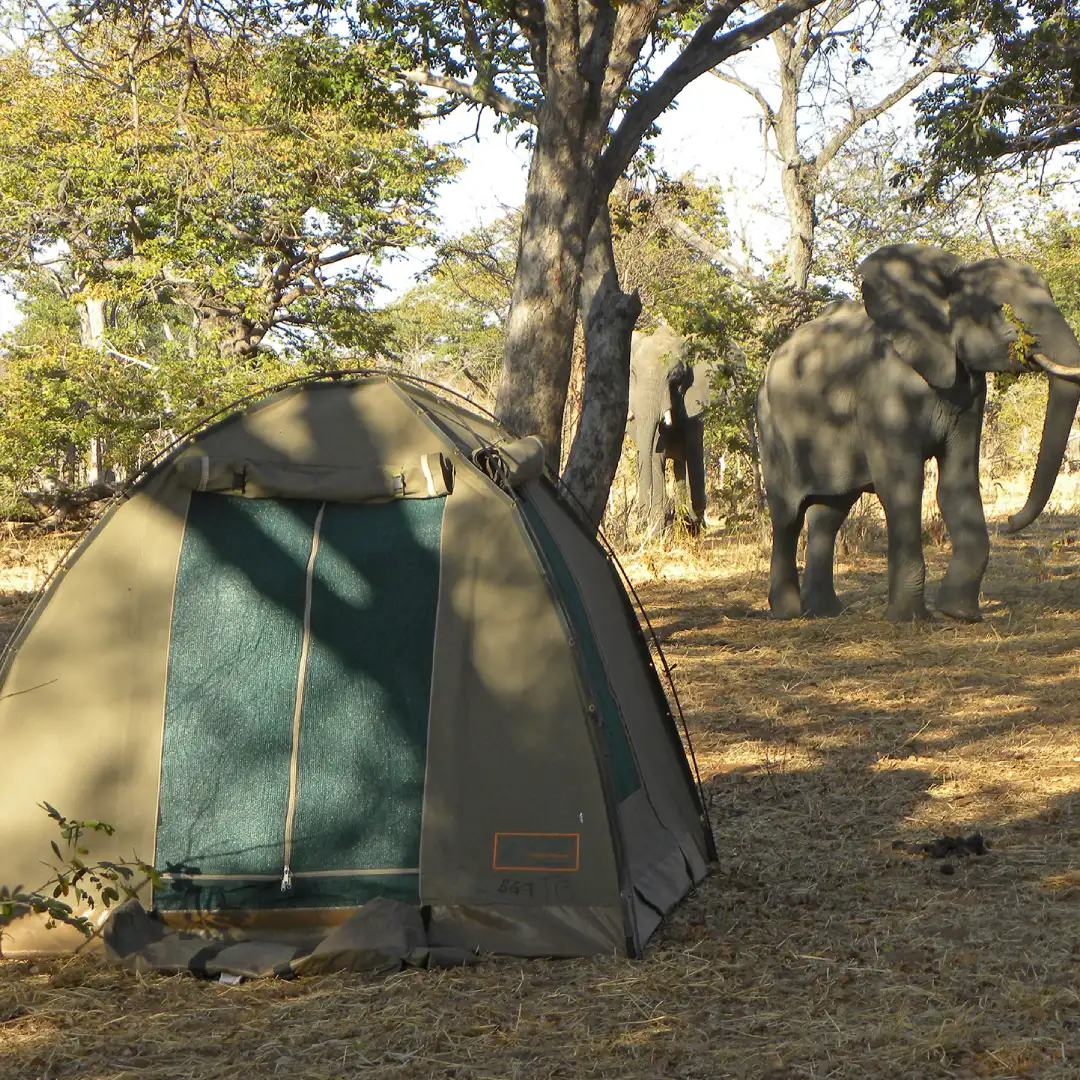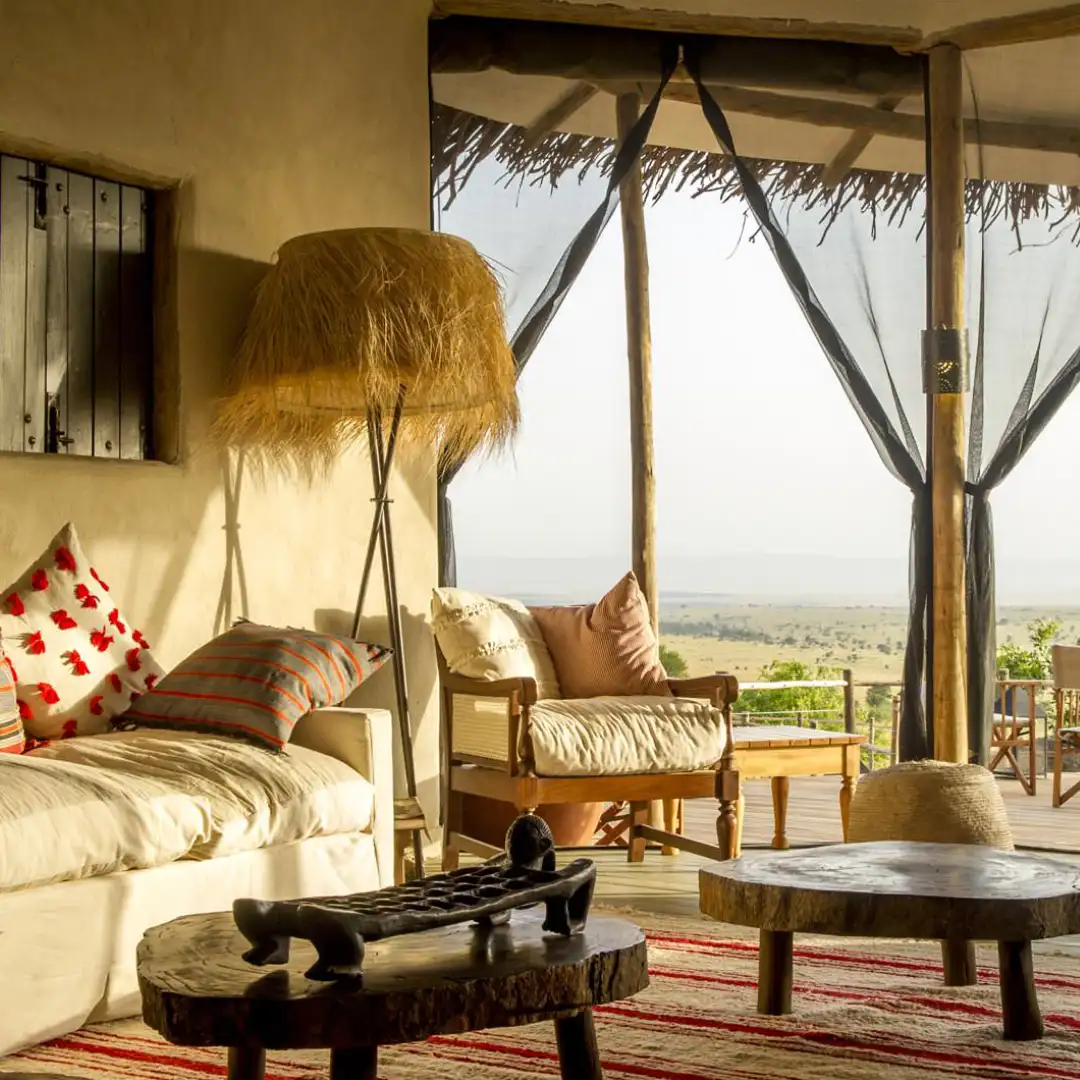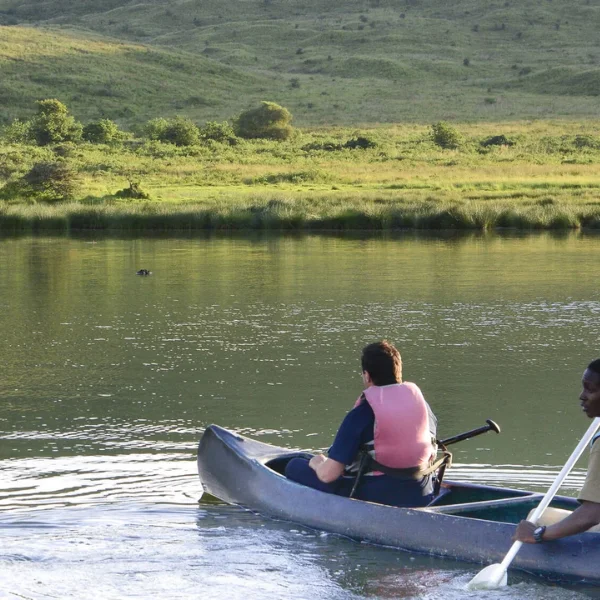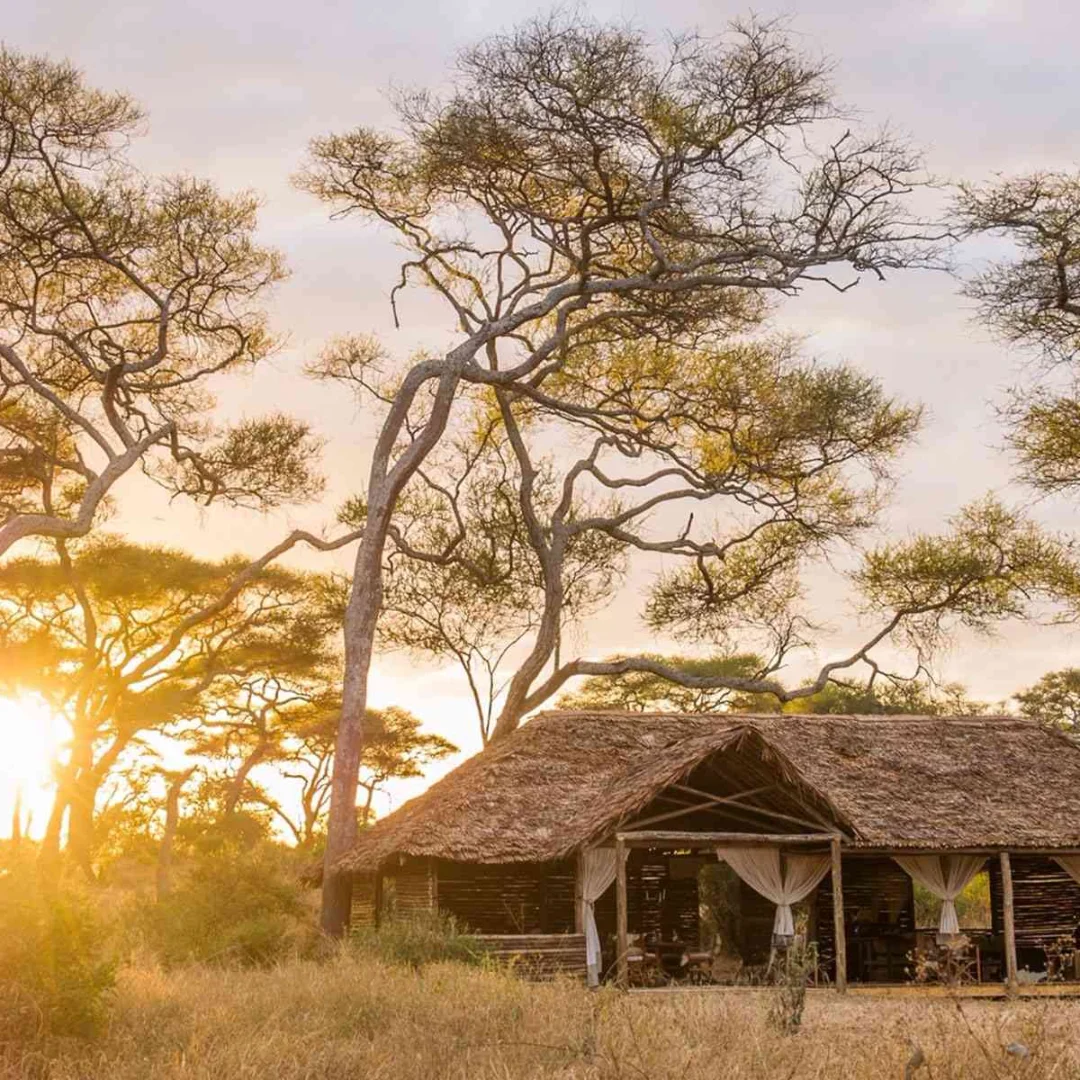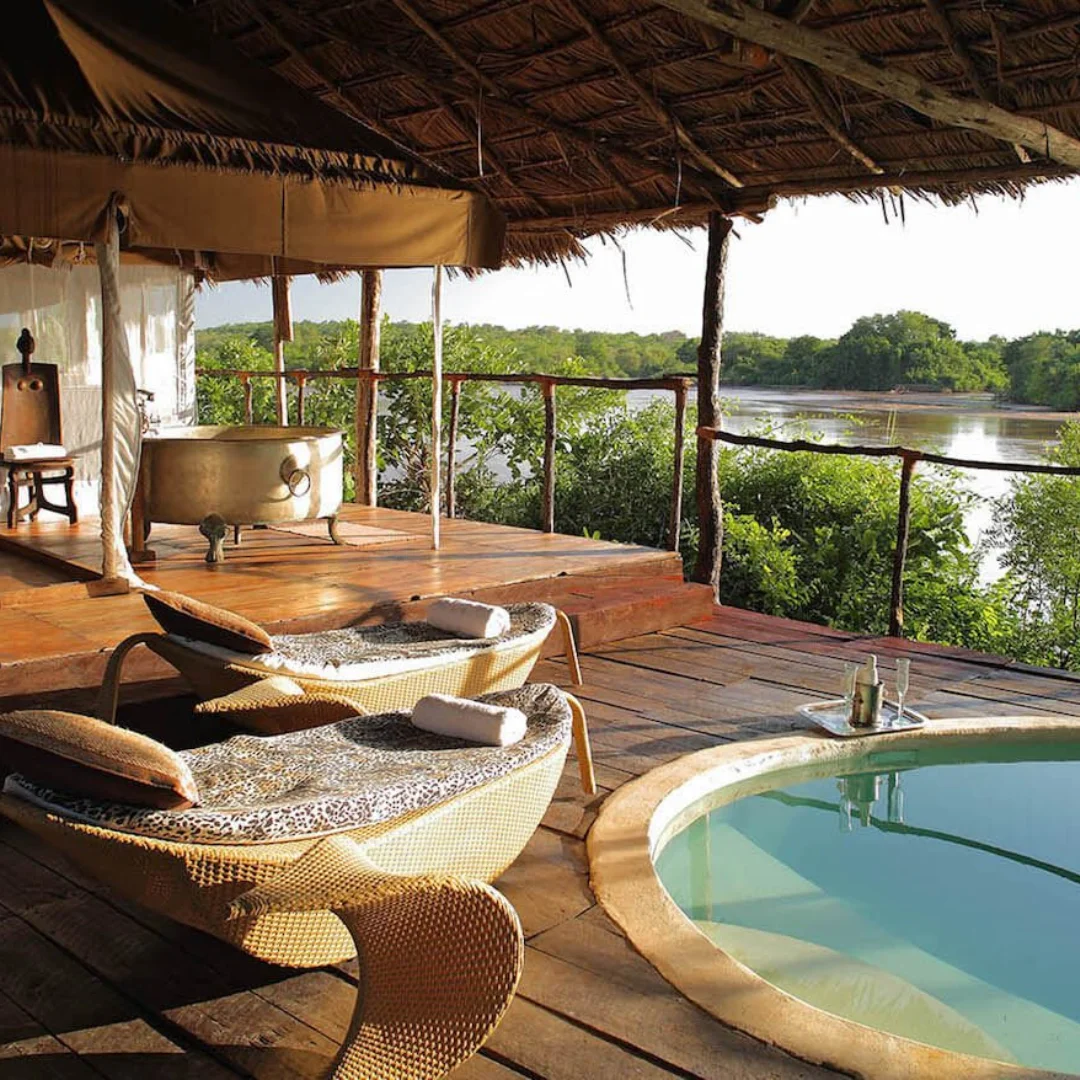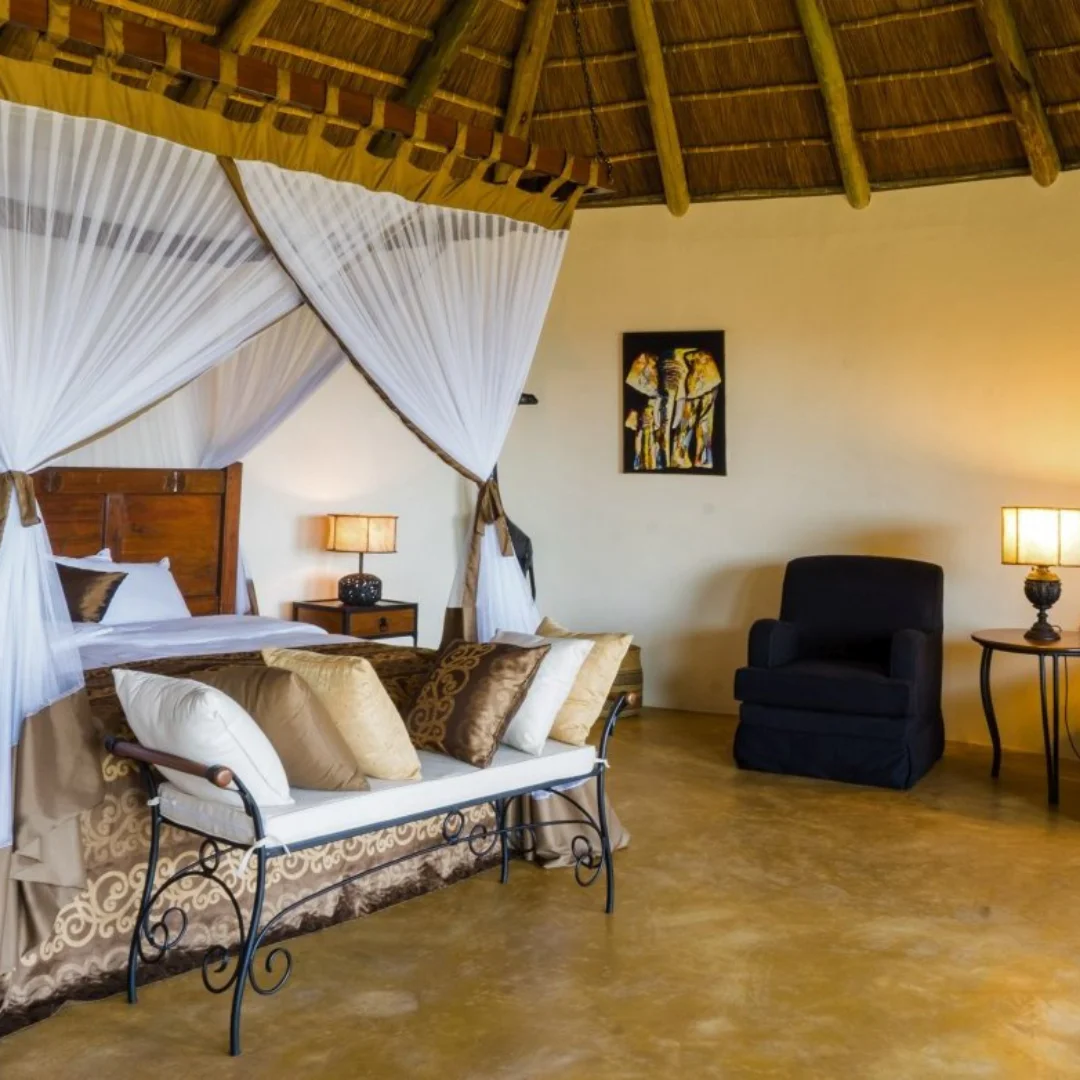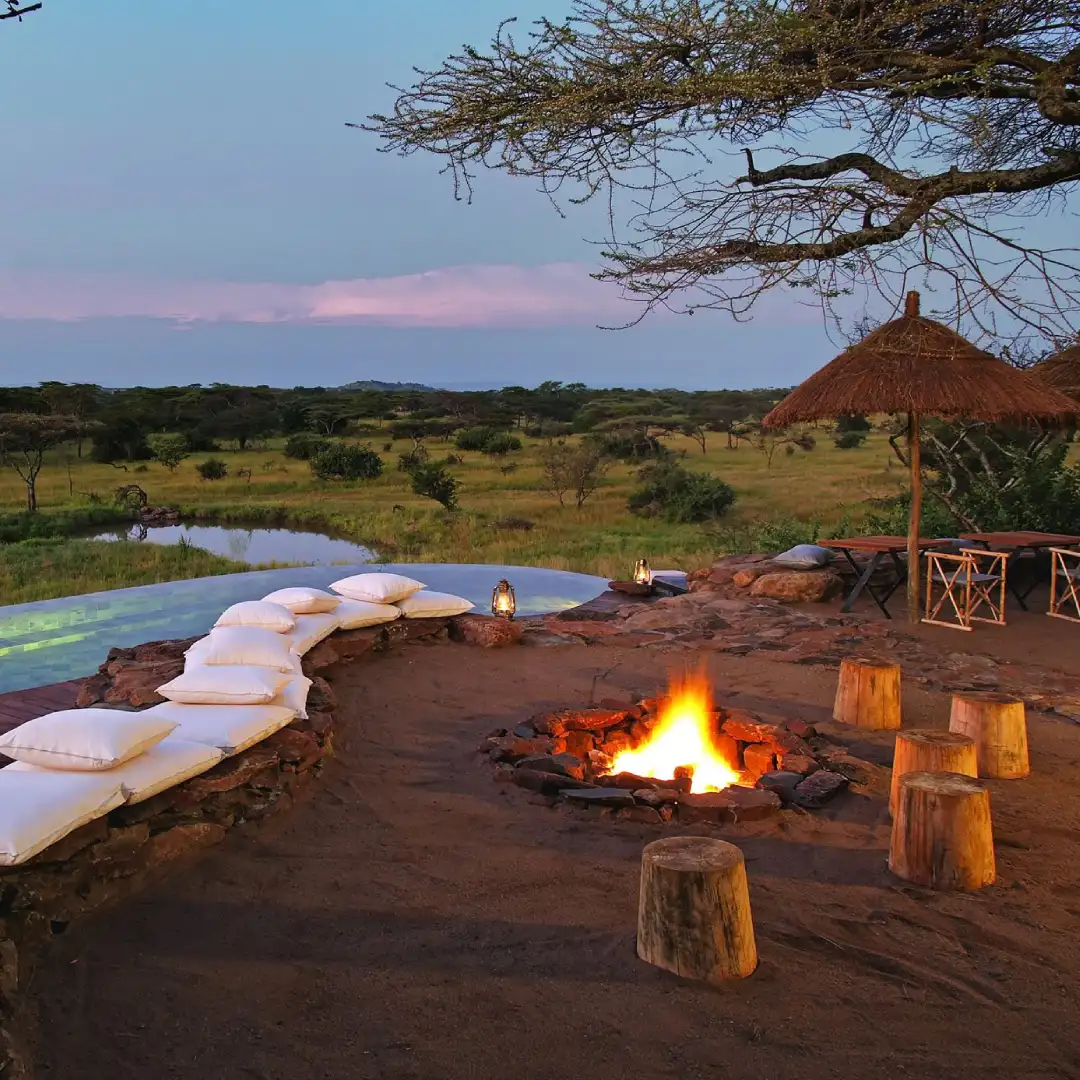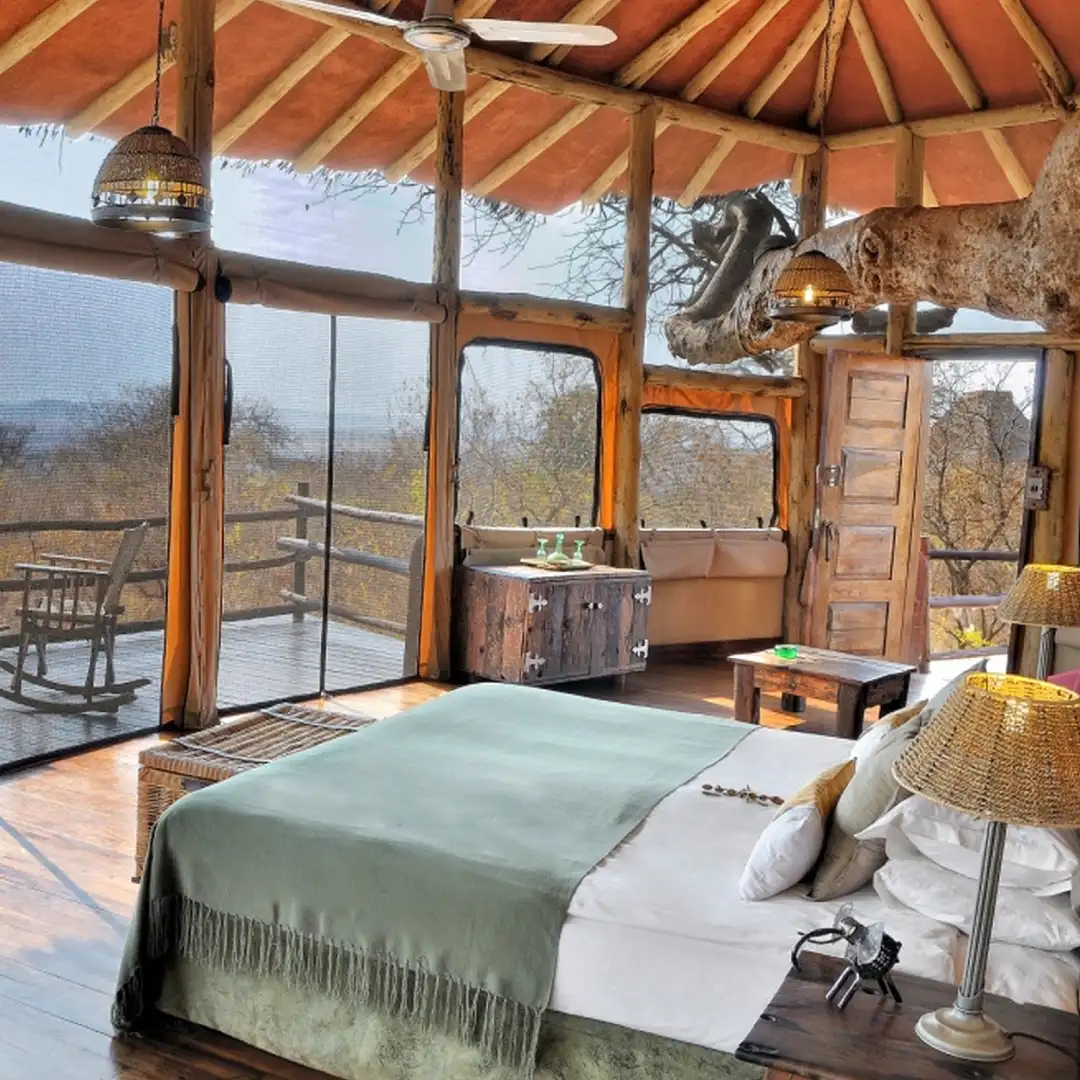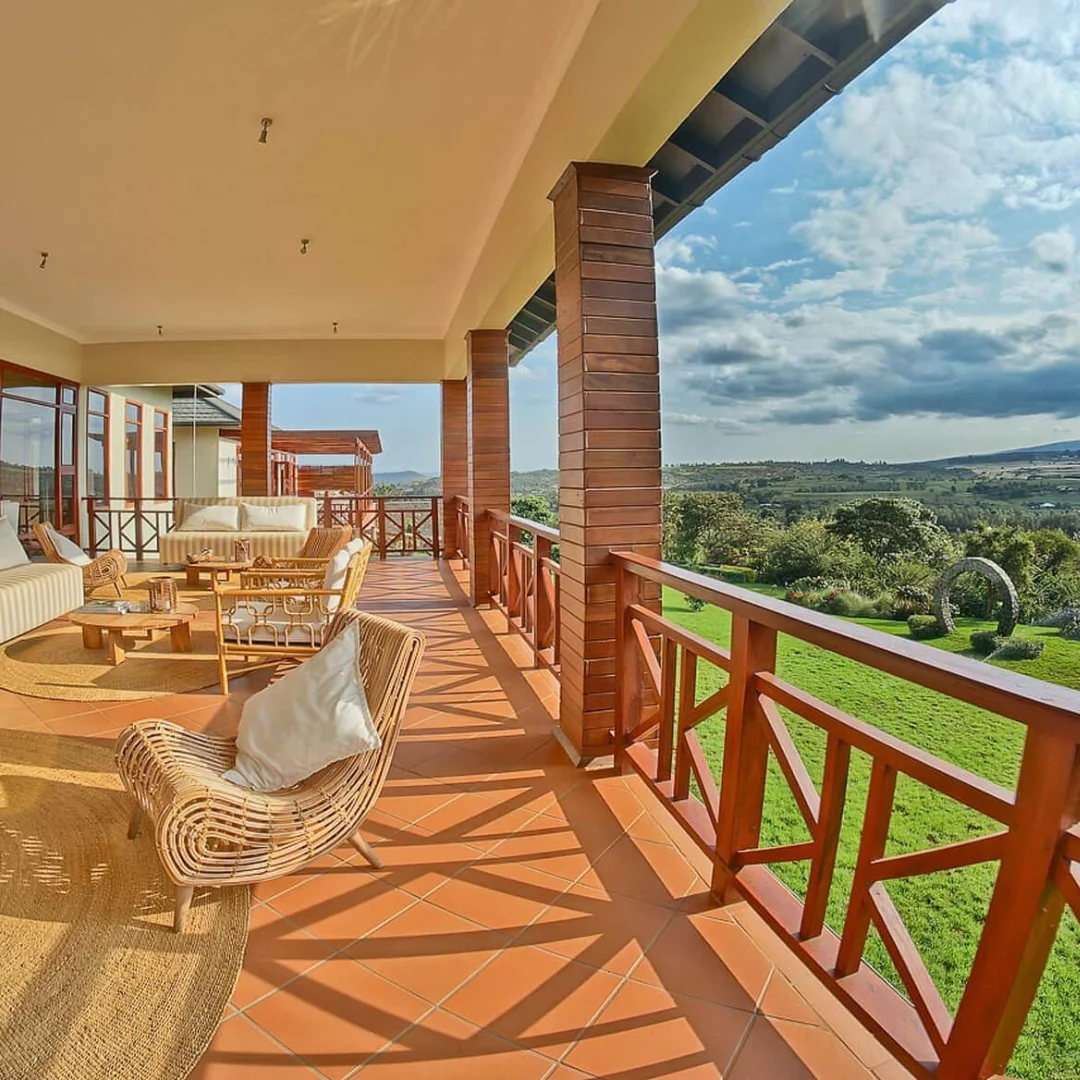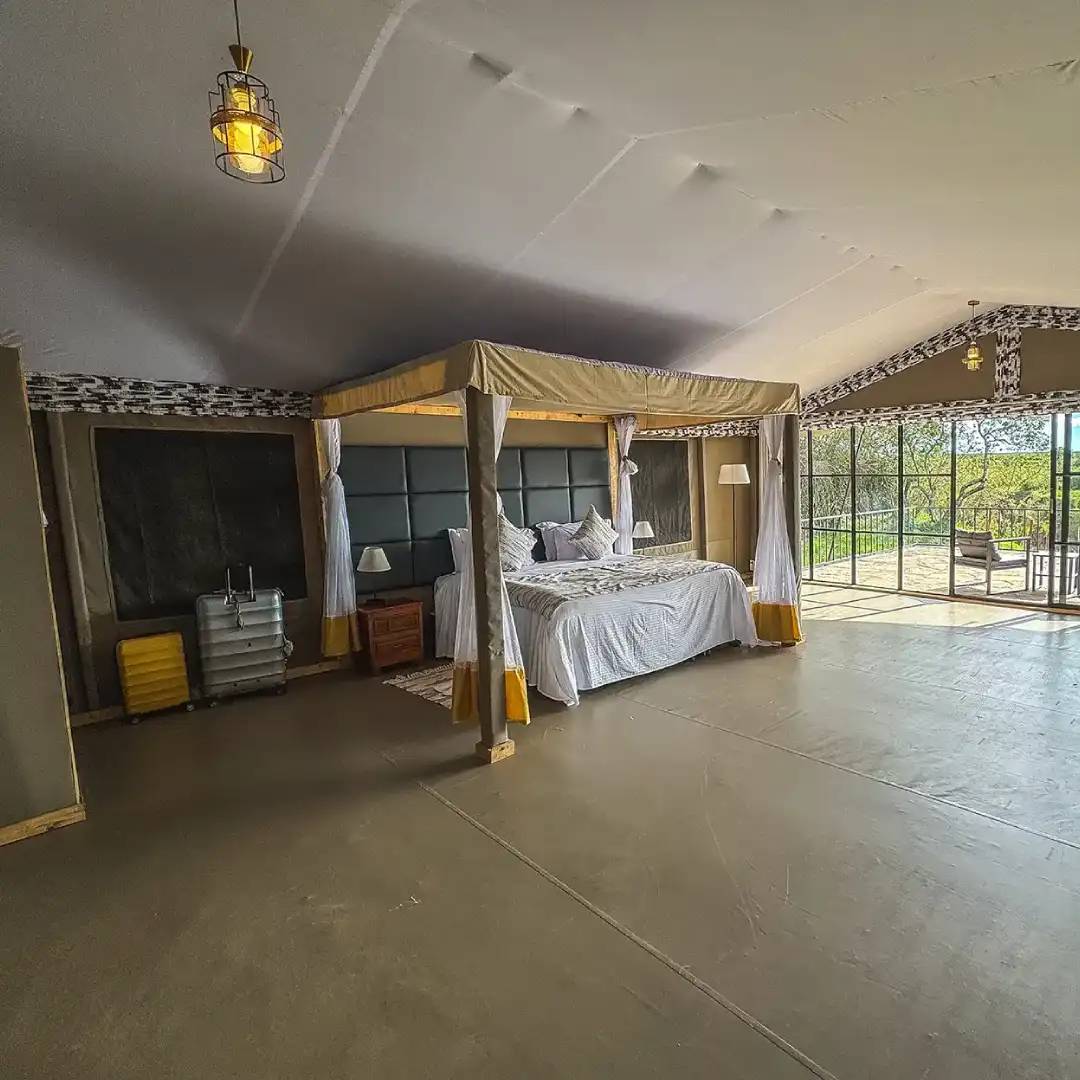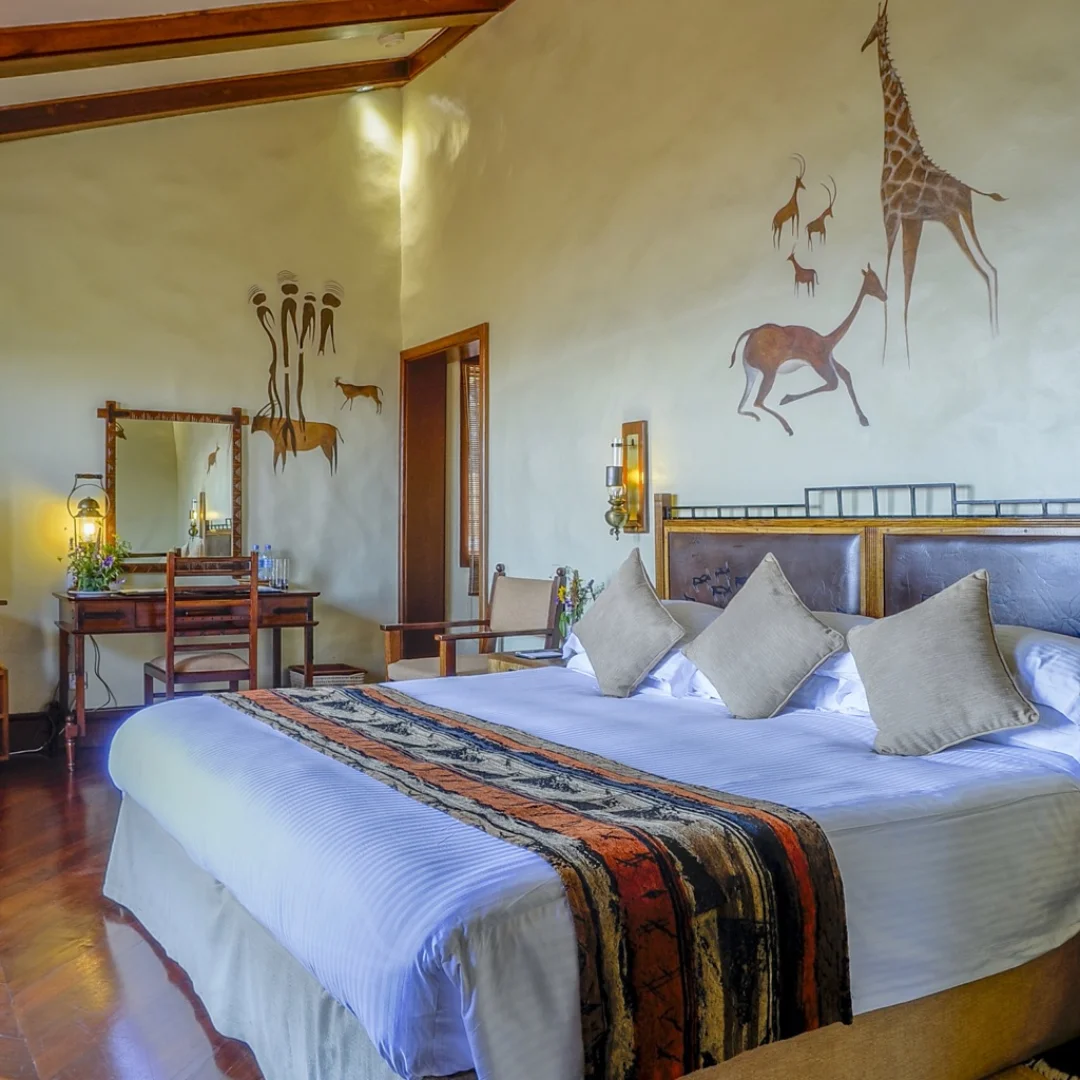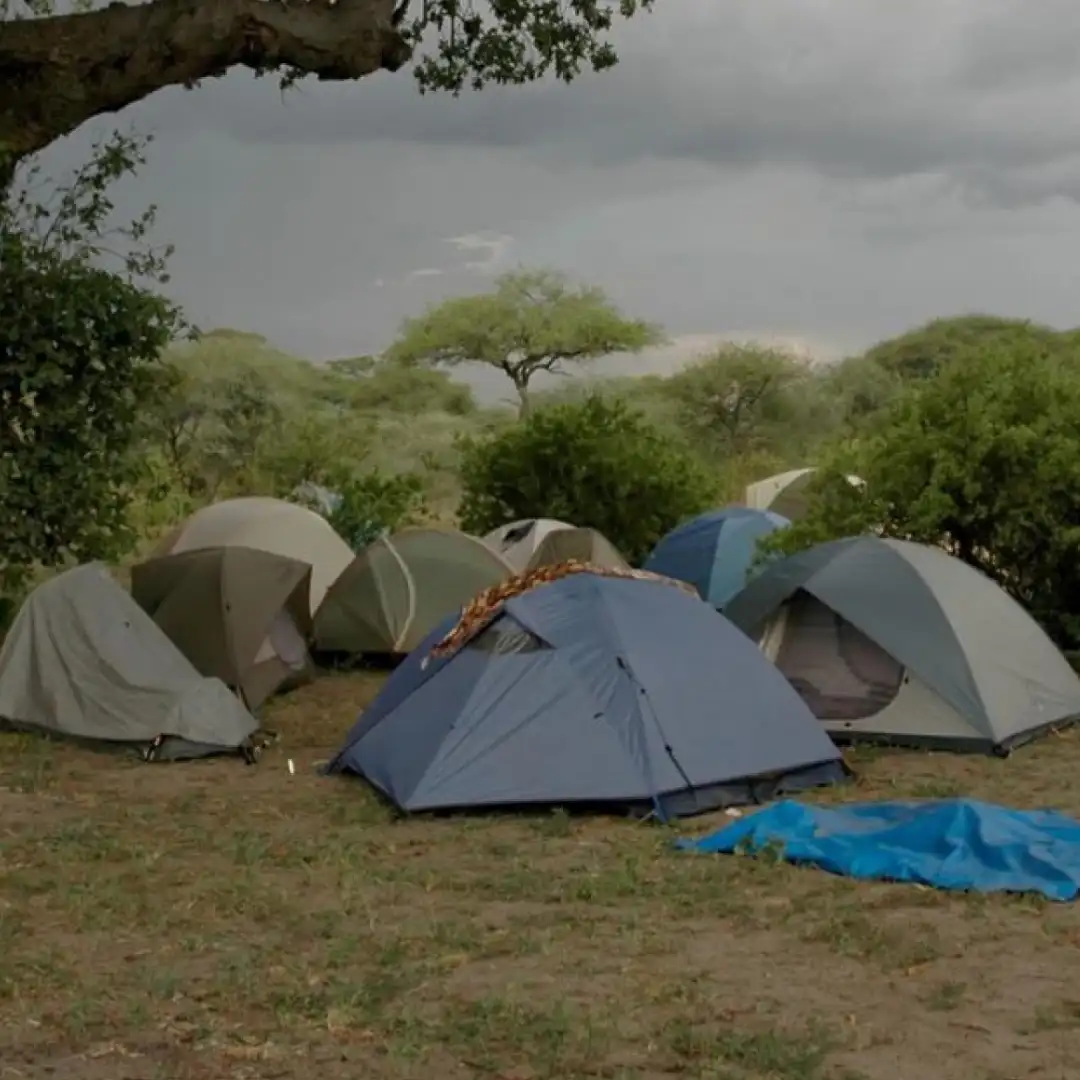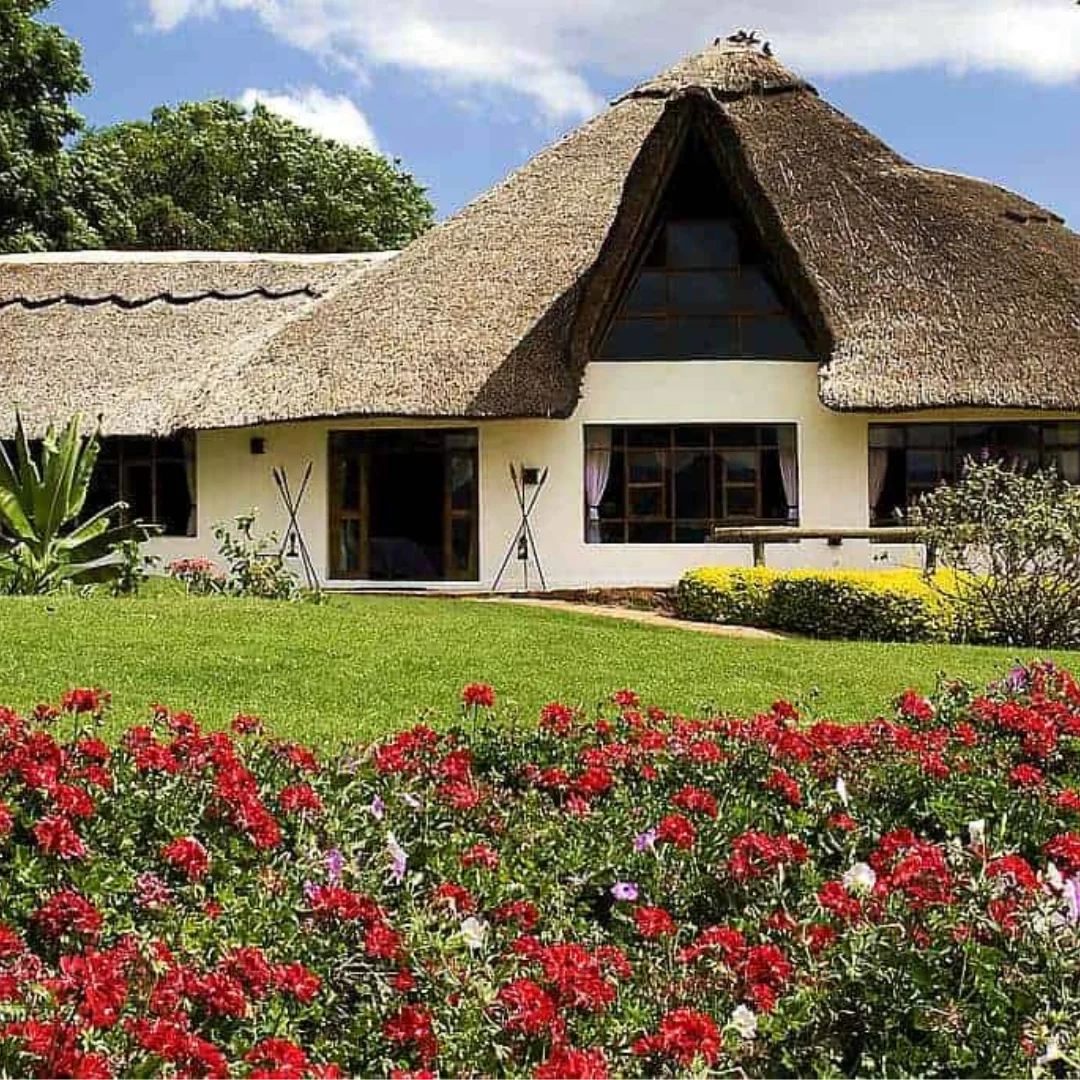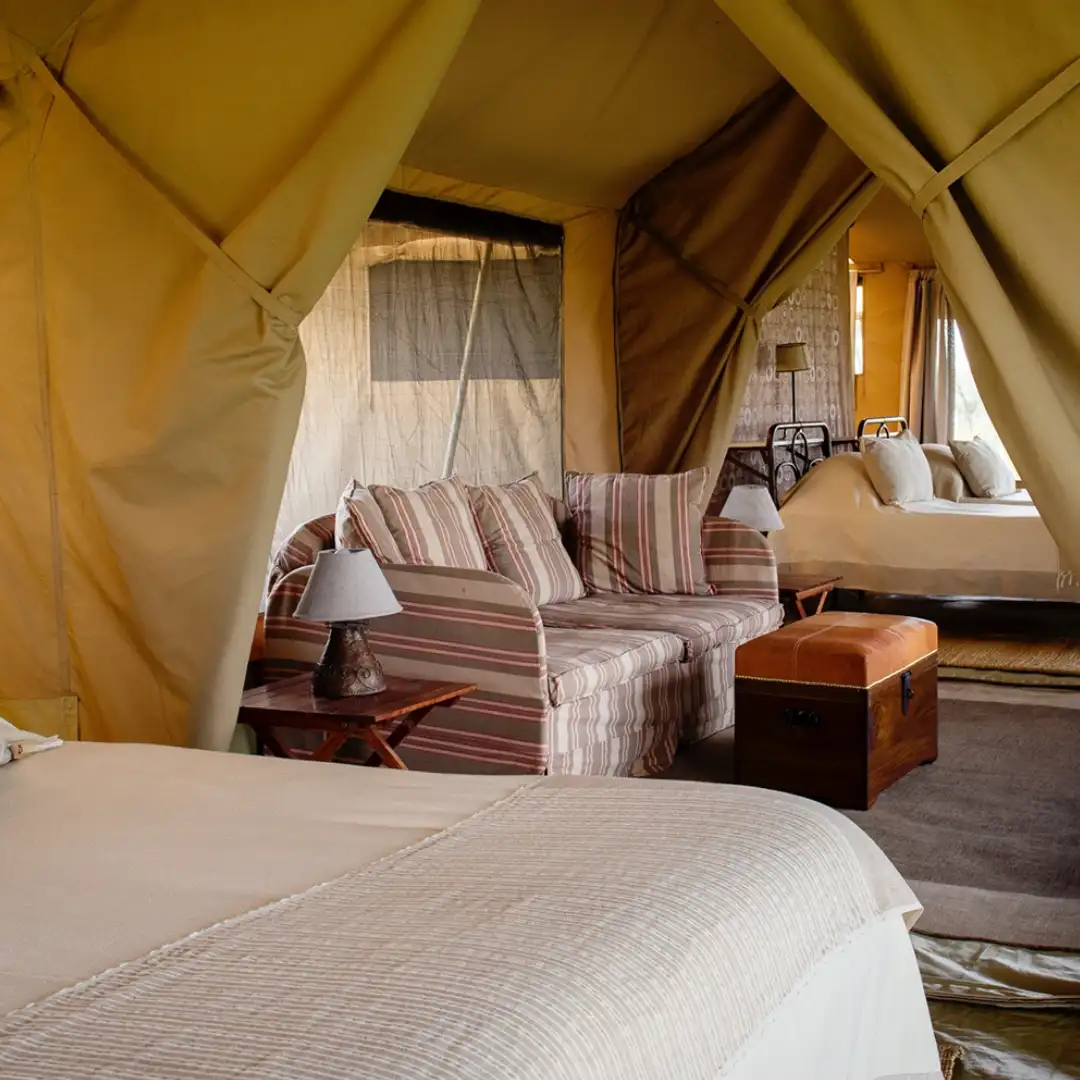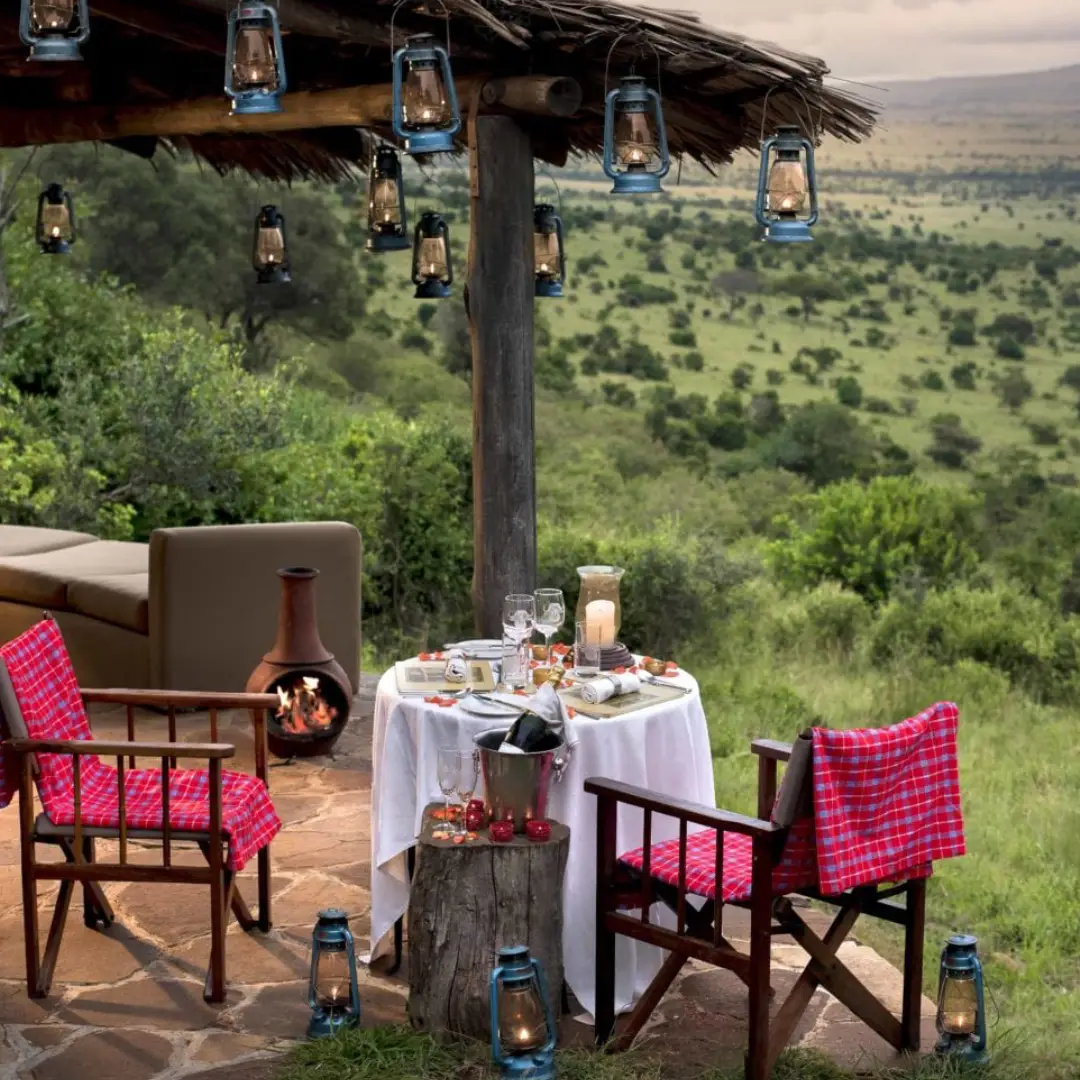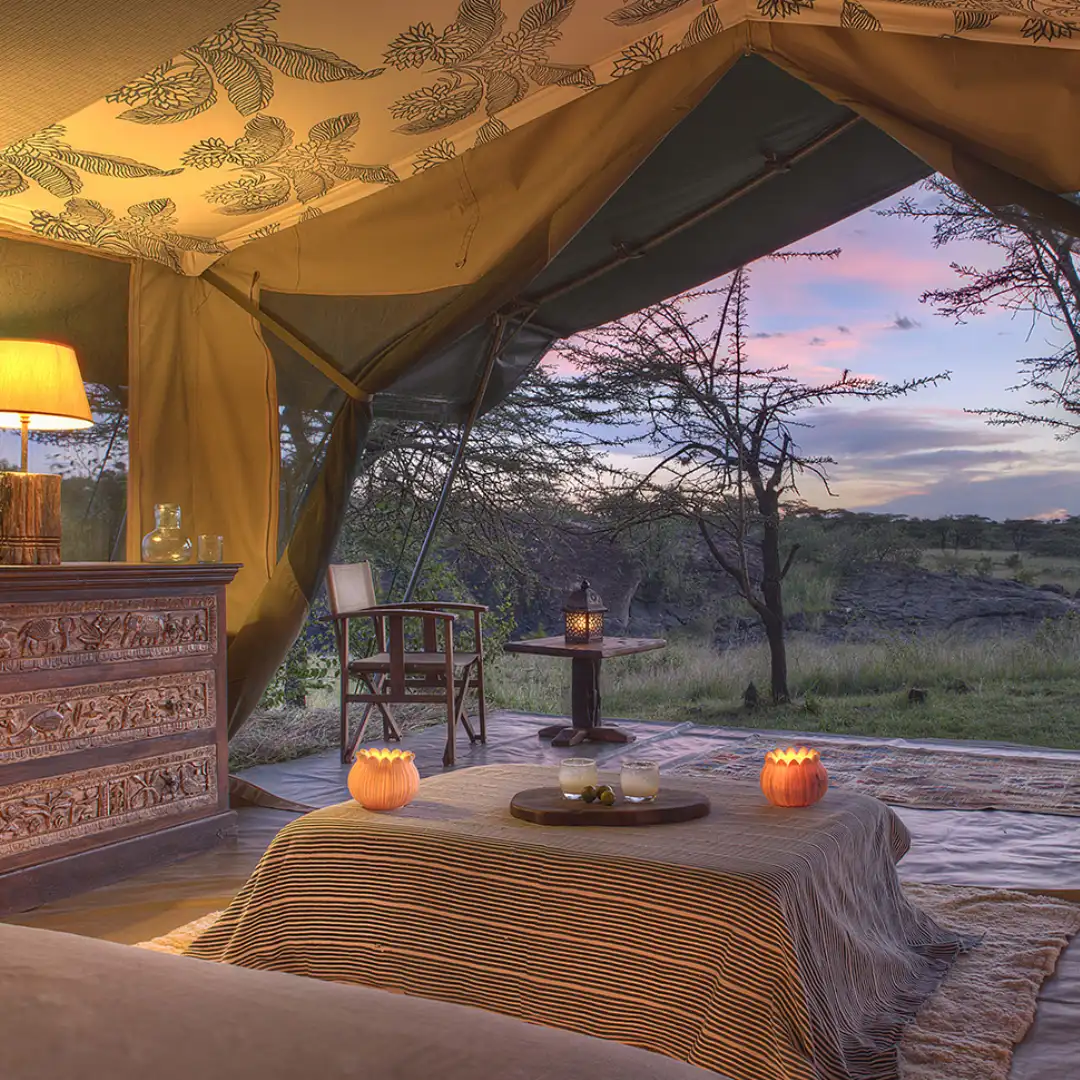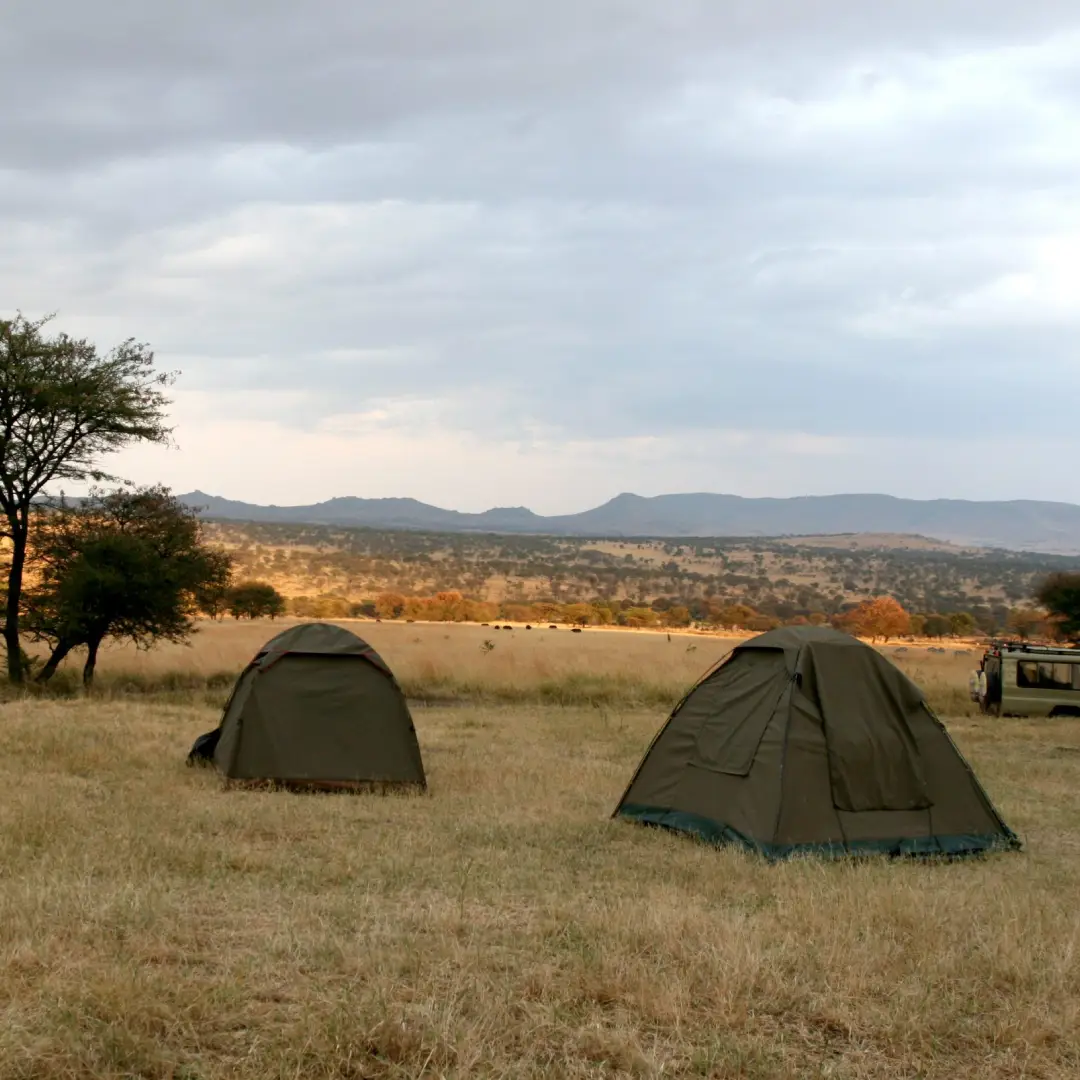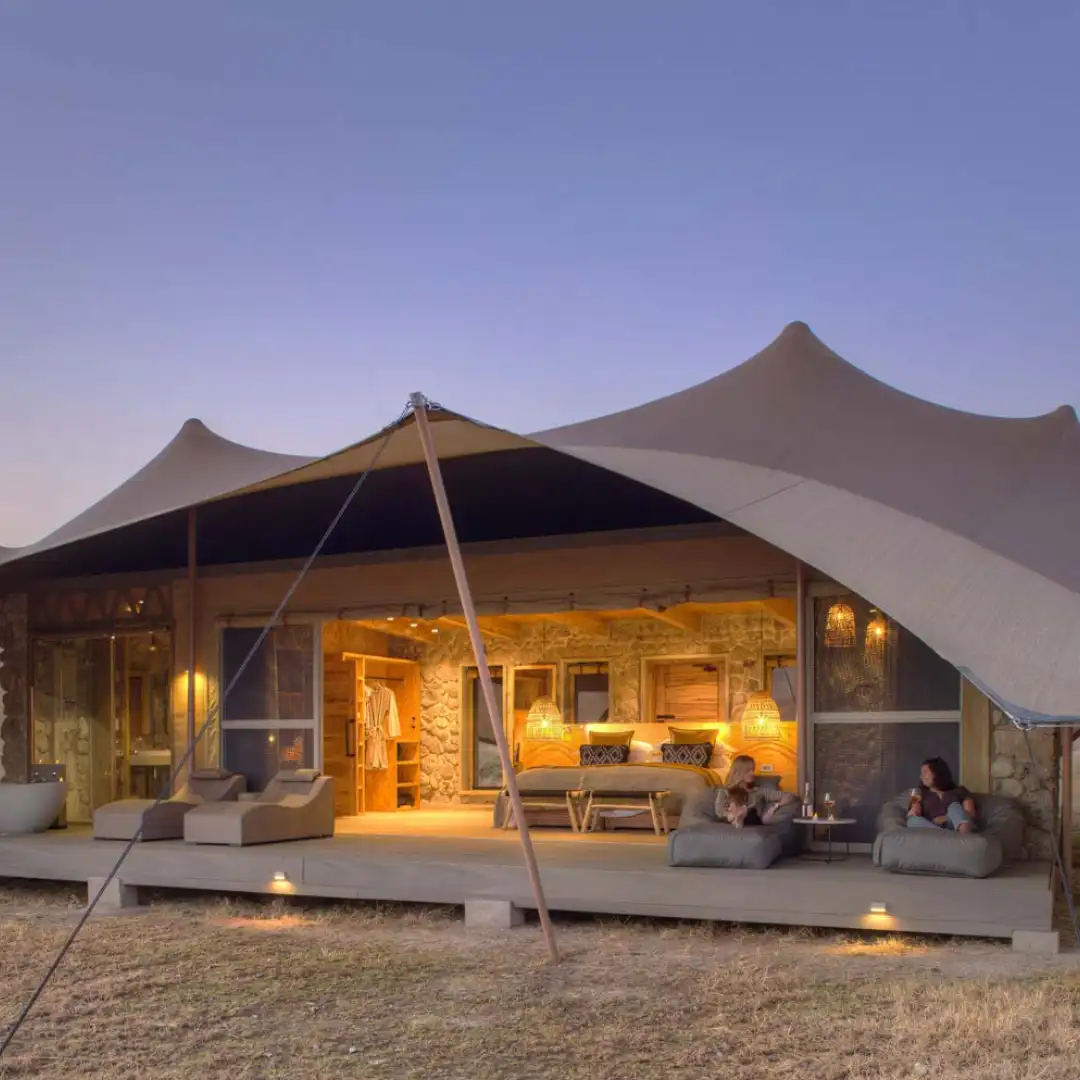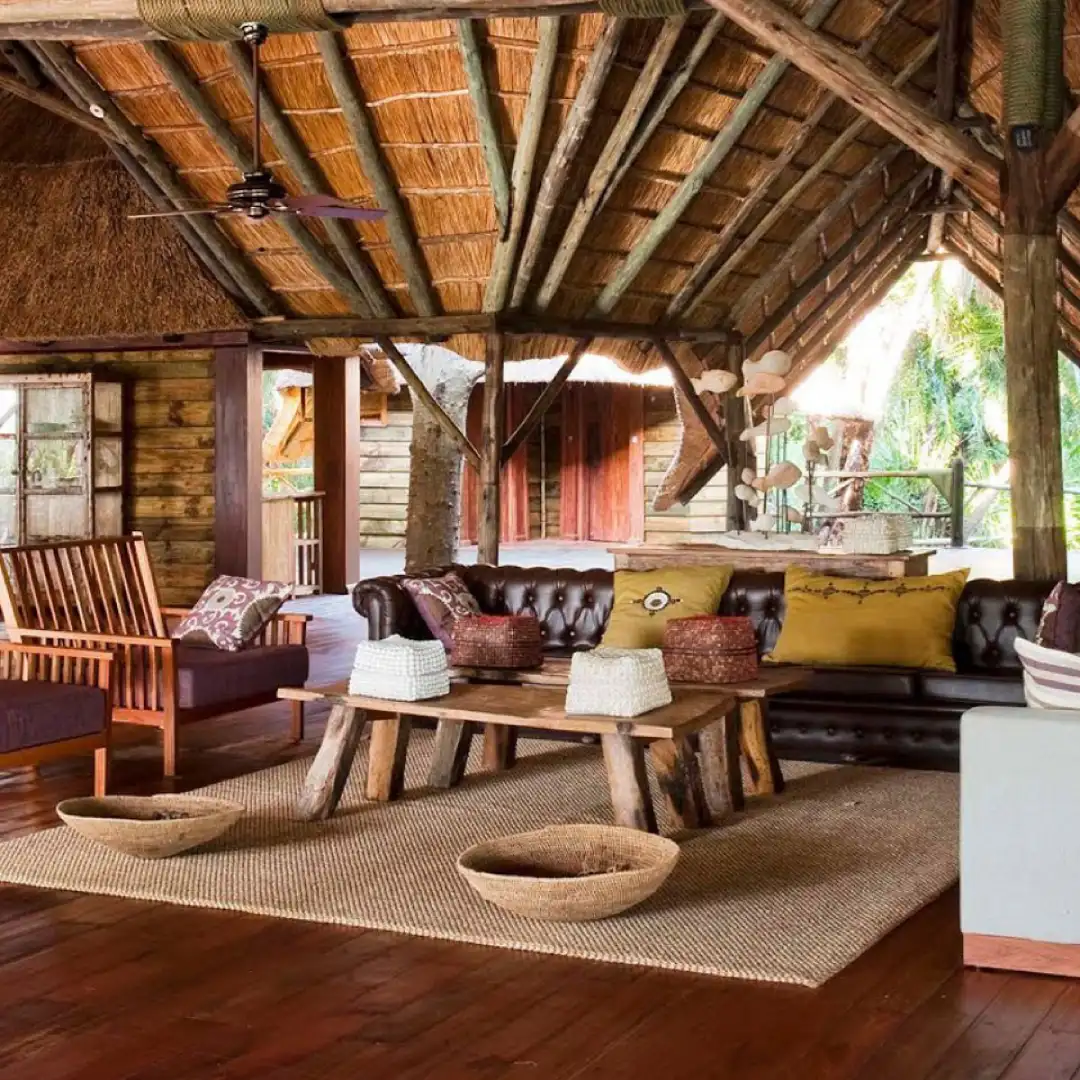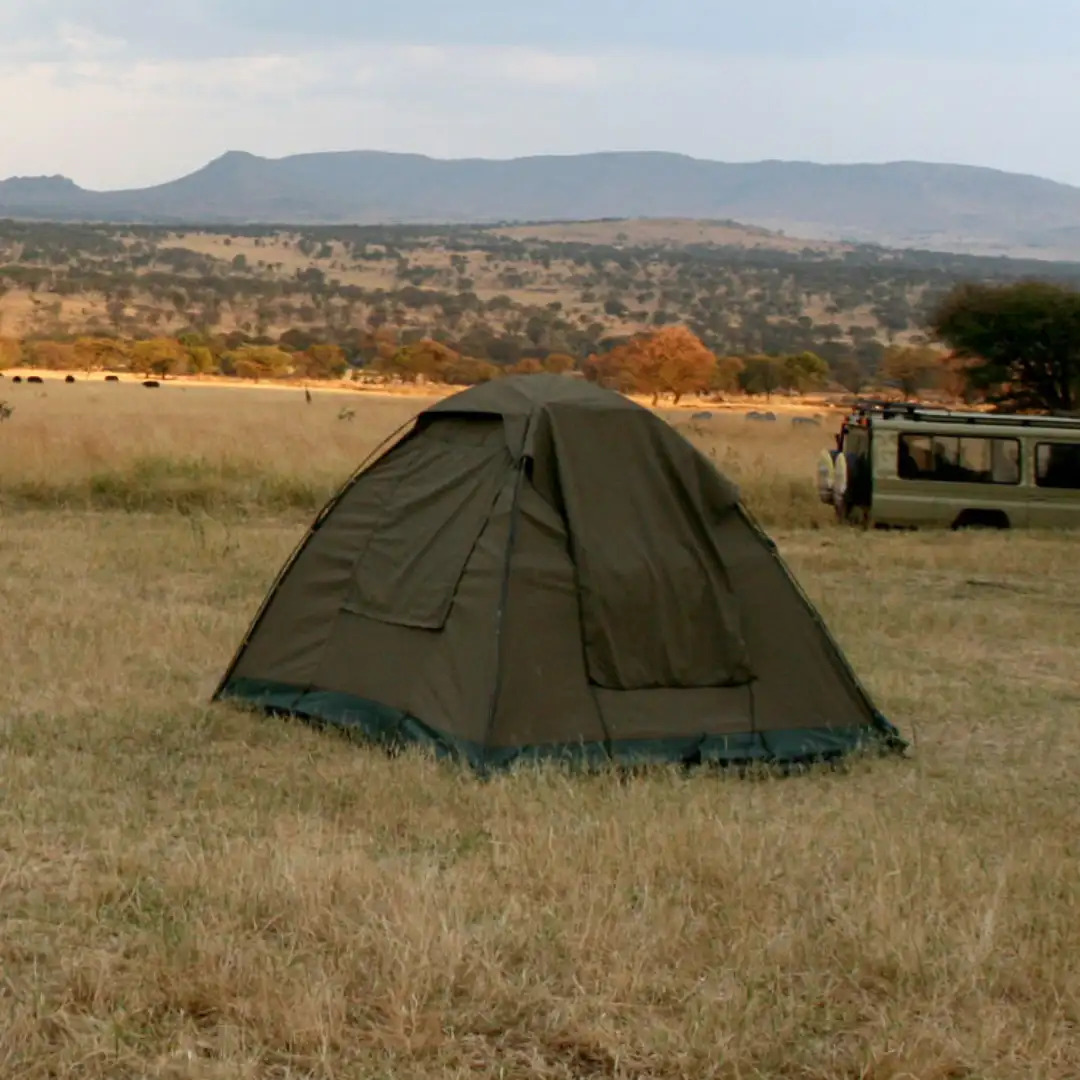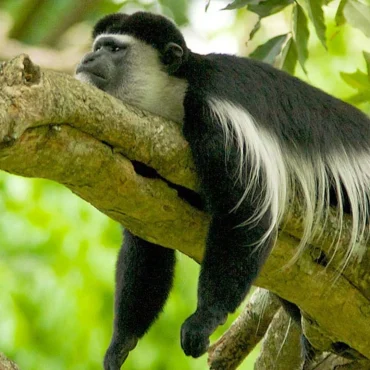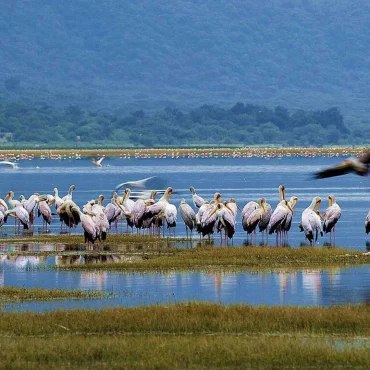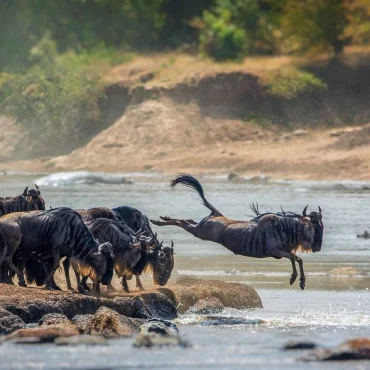Nyerere National Park
Nyerere National Park is a huge and wild park in southeastern Tanzania, covering over 30,893 square kilometres. It’s the largest national park in Africa and not far from Dar es Salaam, just a drive to Mtemere Gate.This park was once part of the Selous Game Reserve and is known for its vast wilderness and rich wildlife. It became its national park in 2019, managed by the Tanzania National Parks Authority (TANAPA) to make sure it stays wild and wonderful for visitors.
- See large herds of elephants and hear lions roar under the open sky.
- Spot sleek leopards and fast cheetahs along with giraffes and zebras.
- Enjoy quiet, less crowded paths in one of the newest parks.
- Explore a place with more animals than people, where wildlife thrives.
Nyerere National Park is perfect for anyone wanting to experience wild Africa. With fewer tourists and many animals, it’s like stepping into another world—a truly special place for an exciting safari.
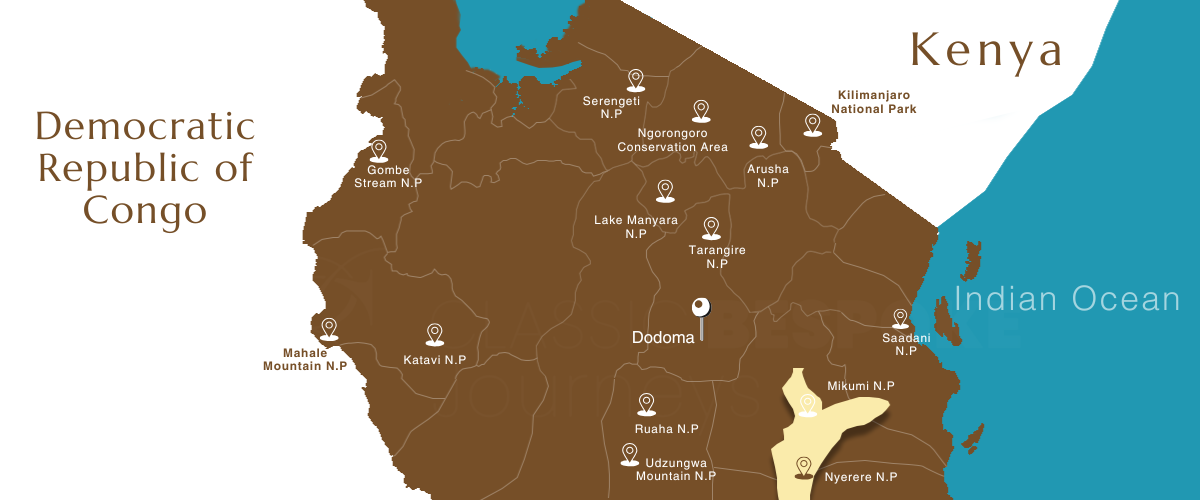
Best Time To Visit
Discover the amazing place for game drives alongside the savannah, jungle and river sides in Nyerere National Park.
The best months to visit Nyerere National Park are from June to October. During these dry months, spotting wildlife is easier because animals often gather near the Rufiji River to drink, and the plants aren’t as thick, so you can see further. The weather is mostly sunny, it doesn’t rain much, and it feels cooler and more comfortable.
From November to May, the park turns lush and green, which is beautiful, but it gets very hot and humid. This time is great for birdwatching since many migratory birds are around. However, because it’s the rainy season, some paths get muddy and hard to travel on, and many lodges close in April and May. If you don’t mind a bit of heat and want to avoid crowds, visiting during these months might still be worth it.
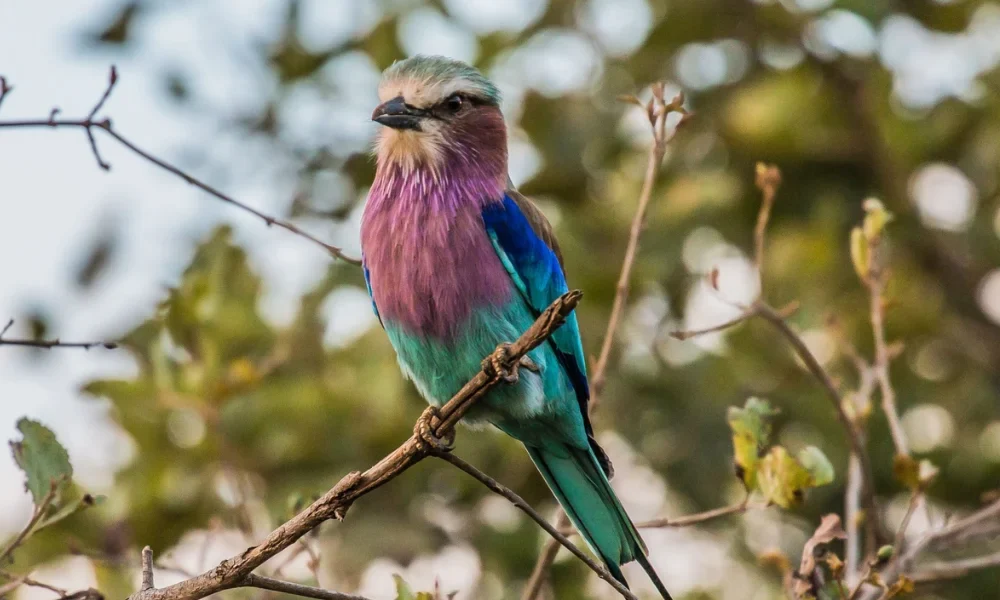
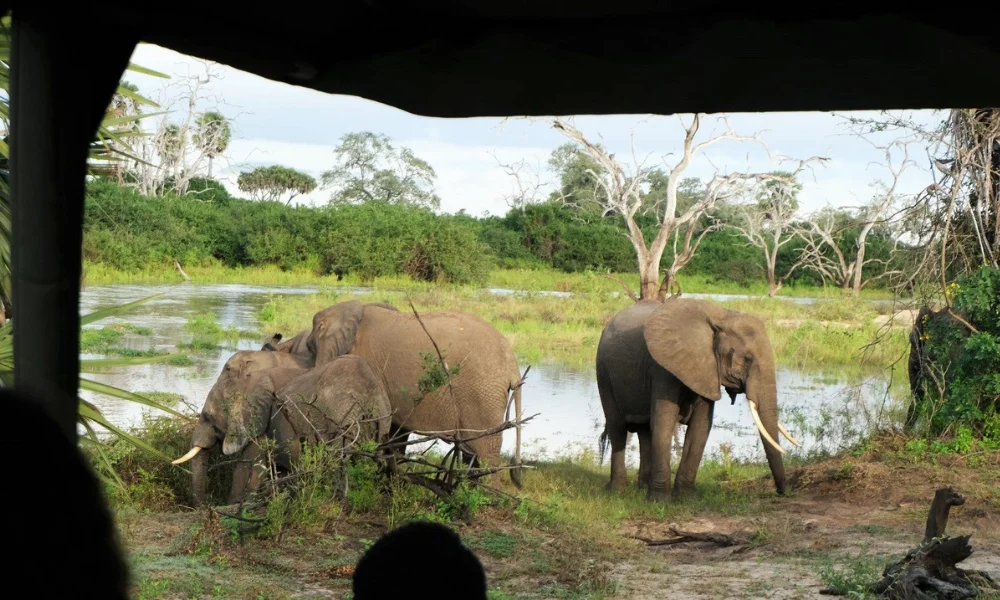
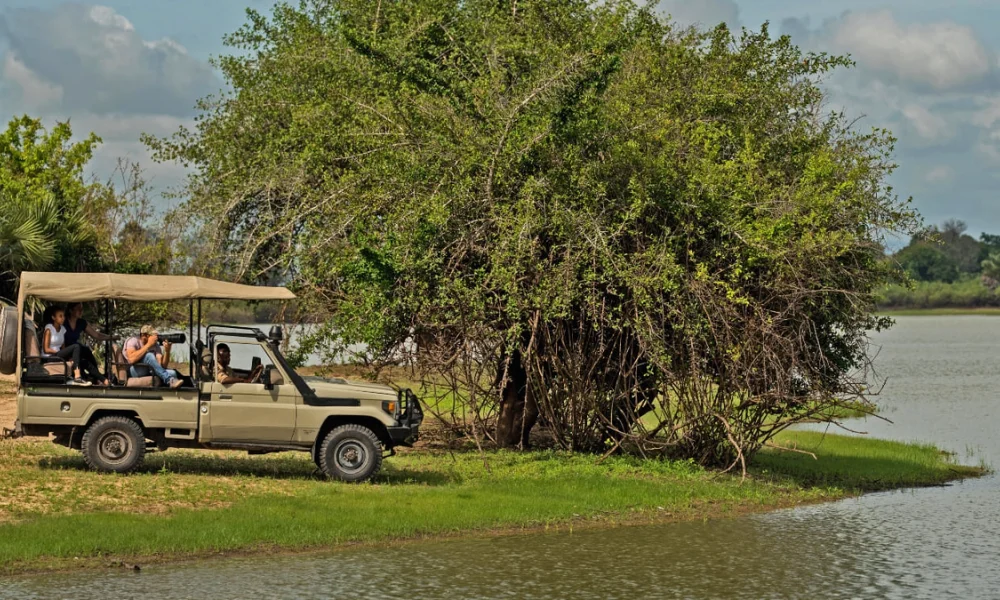
Wildlife
Nyerere National Park brims with wildlife. You can spot giraffes, buffaloes, waterbucks, impalas, and zebras near the lakes here. Watch for lions too; they might be hunting near the water.
The park is known for its wild dogs, rare and exciting to see, especially when they’re in their dens. You’ll also find many types of antelope here, like kudus and elusive sable antelopes, which love to hide in thick bushes.
Nyerere National Park FAQs
Nyerere National Park spans about 30,893 square kilometres, making it one of Tanzania’s largest parks. It features diverse landscapes including plains, wetlands, woodlands, and river forests. The park is named after Julius Nyerere, Tanzania’s first president, who was instrumental in the country’s independence and championed conservation.
Yes, you can explore historical sites like World War I graves and ancient Swahili trading town ruins. There are also cultural tours offered by local communities.
Yes, guided walking safaris are available, offering a close-up experience with nature. These safaris cater to all fitness levels and can range from a few hours to several days.
Nyerere National Park offers various accommodations, from luxury lodges to tented camps and campsites, all providing a direct connection to the wilderness.
While primates are present, such as yellow baboons and vervet monkeys, they are less common than in other Tanzanian parks.
Why Visit Nyerere National Park?
Undisturbed
Experience untouched African wilderness in its most pristine form.
Wildlife
Home to dense populations of elephants, lions, and rare wild dogs.
Birding
A paradise for birdwatchers with over 430 species documented.
Vastness
Explore one of Africa's largest national parks, rich in diverse habitats.
Canoeing
Unique water-based safari options along the scenic Rufiji River.
Exclusivity
Enjoy secluded safari experiences away from crowded tourist spots.
Our Most Popular Tours
What Customers Say About Us





